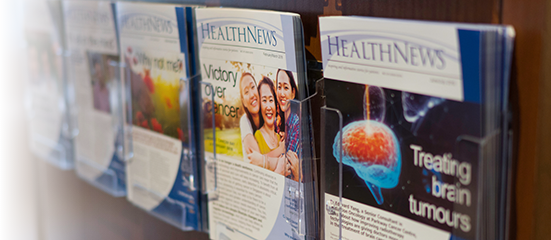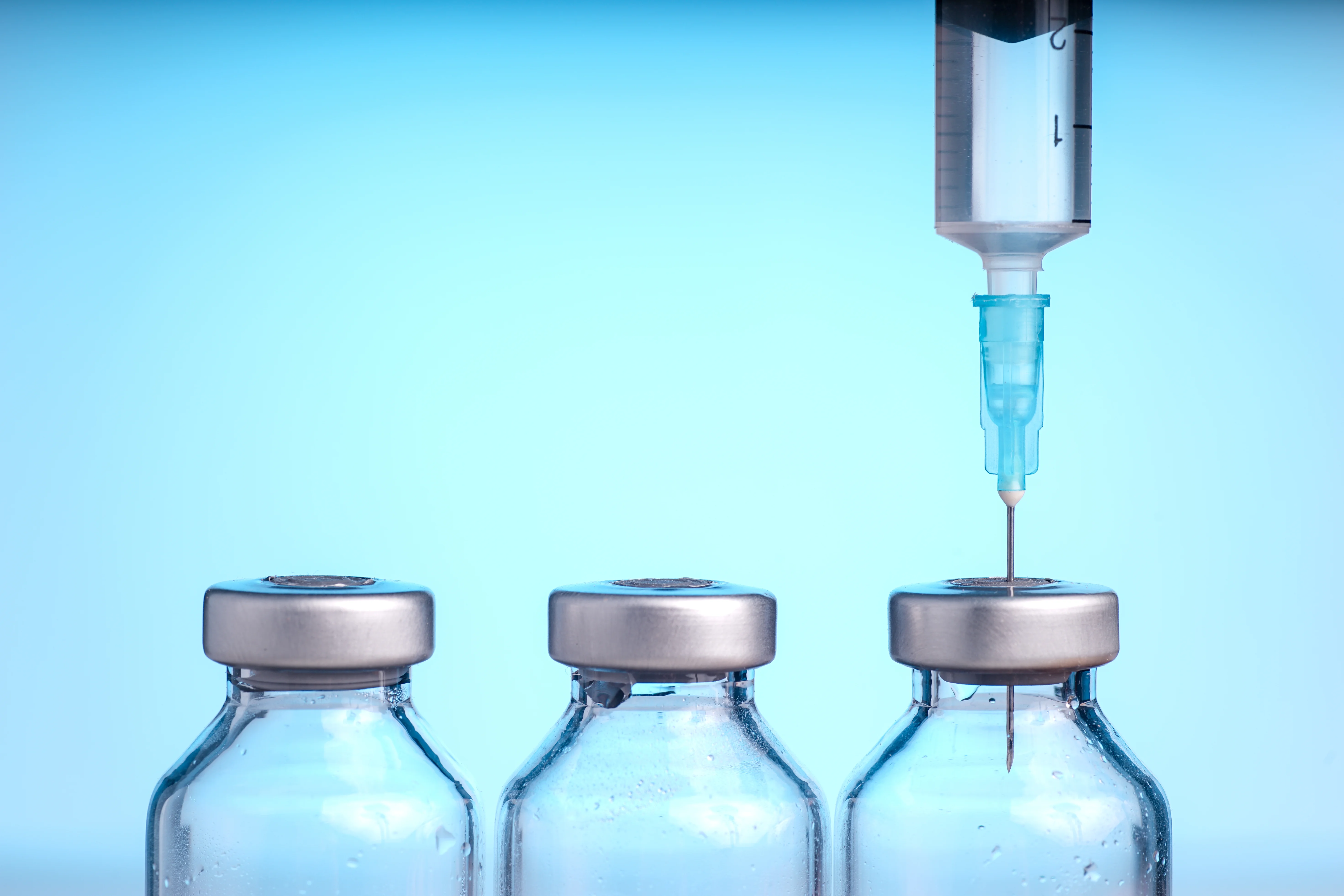News & Articles

Breast Biopsy: Purpose, Procedure & Risks

Breast biopsy: When and why?
A lump in your breast may not necessarily mean cancer. But sometimes, whether a lump is benign or malignant, it cannot be determined by a physical examination or even a mammogram. The most conclusive result is with a biopsy. Breast surgeon Dr Wee Siew Bock talks about the procedure.
Breast cancer is one of the most common cancers among women. In Singapore, one in 11 women will develop breast cancer in their lifetime and in a year, an average of 1,850 women here are diagnosed with breast cancer. Breast cancer accounts for three in 10 women who have cancer.
Doctors recommend that women do regular physical checks of their breasts for lumps. And women are encouraged to go for annual mammograms as early detection has been proven to be very effective in saving lives. When a lump is detected, doctors may sometimes suggest the patient do a biopsy to determine if it is cancerous.
What is a biopsy?
A biopsy involves the removal of tissues from the breast to test if the cells are cancerous, said Dr Wee Siew Bock, a surgeon from Wee Breast & General Surgery.
The cells that are extracted are examined under a microscope and tested to check for the presence of cancerous cells.
“It is an invasive procedure but it allows the doctor to get a better diagnosis of what is going on inside the lump in the breast,” he said. “Only through a biopsy can doctors know the true nature of what is really going on in the lump.”
Certain types of biopsy can determine the tumour type as well as its growth rate.
Does a lump always mean you should do a biopsy?
The short answer is no, said Dr Wee.
Imaging allows for a range of conditions to be seen and these can help a doctor evaluate if a biopsy is needed.
Dr Wee said an image gives a visual assessment of what the lump could be. “It is a bit like buying an apple. We can only do a visual check to see if the apple is fresh or not, but the best way to test it is to take a bite of the apple,” he said.
When a doctor looks at an image, there are certain features that can help to indicate if the lump is benign. For example, lumps that are well-defined, whose surface appears smooth and when the content inside the lump appears similar or uniform.
“No feature alone could tell us that the lump is safe. We have to look at all the features together,” said Dr Wee.
Sometimes, patients may want to do a biopsy even if the visual features of the lump suggest it is not cancerous. “It could be that the patient has a family history of breast cancer or recently heard of a friend who has breast cancer. Sometimes, in such cases, the patient wants to do the biopsy to be sure that it is not cancerous and for the peace of mind that the results can offer,” said Dr Wee.
While the quality of imaging has improved significantly over the years, a visual image is usually not enough to determine the nature of the lump.
“If the lump looks ‘safe’ on the image, but then it starts to evolve, then it’s not good,” said Dr Wee. “An image could be ‘ugly’ and mean-looking, but if it does not change over time, that’s good. It is the behaviour of the lump that we are watching out for.”
Do most women who do a biopsy have breast cancer?
About 80 per cent of women who have a biopsy done do not have breast cancer. This, though, does not mean that a biopsy is an unnecessary procedure, said Dr Wee.
“About 99.5 per cent of people who buy lottery tickets do not strike,” he said. “When you have the benefit of hindsight and you know the biopsy result, it is easy to just say ‘Oh, I did not need to do one’. But when you have a lump in your breast, nothing will console you or put you at ease until you know for sure whether it is cancerous or not.”
Are there any downsides to a biopsy?
There are no downsides to such procedures, especially if needle devices are used. “As with most procedures, there might be some swelling after the procedure, but that is very minor when you think of the peace of mind it gives to a patient,” Dr Wee said.
Other minor inconveniences are that it may affect some parts of a patient’s life, for example, not being able to exercise for a few days.
What happens after a biopsy?
Results of the biopsy can come back within a day or sometimes up to two to three days, depending on the amount of tissue extracted and tested.
If the lump is definitely benign, the doctor will just recommend that the patient do regular screening to check that the lump does not change.
Another scenario may occur, where no cancer cells are detected but the biopsy results suggest that the lump may be evolving, said Dr Wee. In such cases, a patient’s screening schedule for breast cancer may be changed so that she has to do screenings more frequently.
If results come back positive for cancer cells, then the doctor would have to determine the nature of the cancer and recommend appropriate action to fight the cancer.
4 types of biopsies
Fine-needle aspiration: A small needle, similar to those used in drawing blood, is inserted into the breast to extract tissue from the lump.
Core-needle biopsy: Uses a “fatter” needle about the thickness of a pencil lead. Such bigger needles allow more tissue to be taken out for testing.
Vacuum-assisted biopsy device: A small incision is made in the skin and a special biopsy needle, which is vacuum-powered, is inserted into the breast to extract tissue samples.
- Remove the entire lump surgically
The first three options can all be performed under local anaesthesia, are clinic-based procedures and are generally less disruptive for patients.
As much as possible, doctors try to avoid surgery as this is done under general anaesthesia, which carries its own risks, and the downtime for the patient is significantly longer. It is also costlier as it has to be done in a hospital.
“It really depends on what kind of abnormality is found in the breast. For example, if the lump is not uniform, can a needle procedure get a representative sample to give a conclusive result?” said Dr Wee.
Surgery is also recommended when the lump is too deep in the breast and is near the chest wall, making it difficult to reach with a needle.
Dr Wee said that with the advancement of needles these days, a doctor’s first thought is how to get the best biopsy results through a needle device, rather than surgery, the preferred choice 20 years ago.
Written by Ben Tan
| POSTED IN | Cancer Treatments |
| TAGS | cancer diagnosis, cancer lump, dr wee siew bock, mammogram |
| READ MORE ABOUT | Breast Cancer |
| PUBLISHED | 13 April 2017 |
